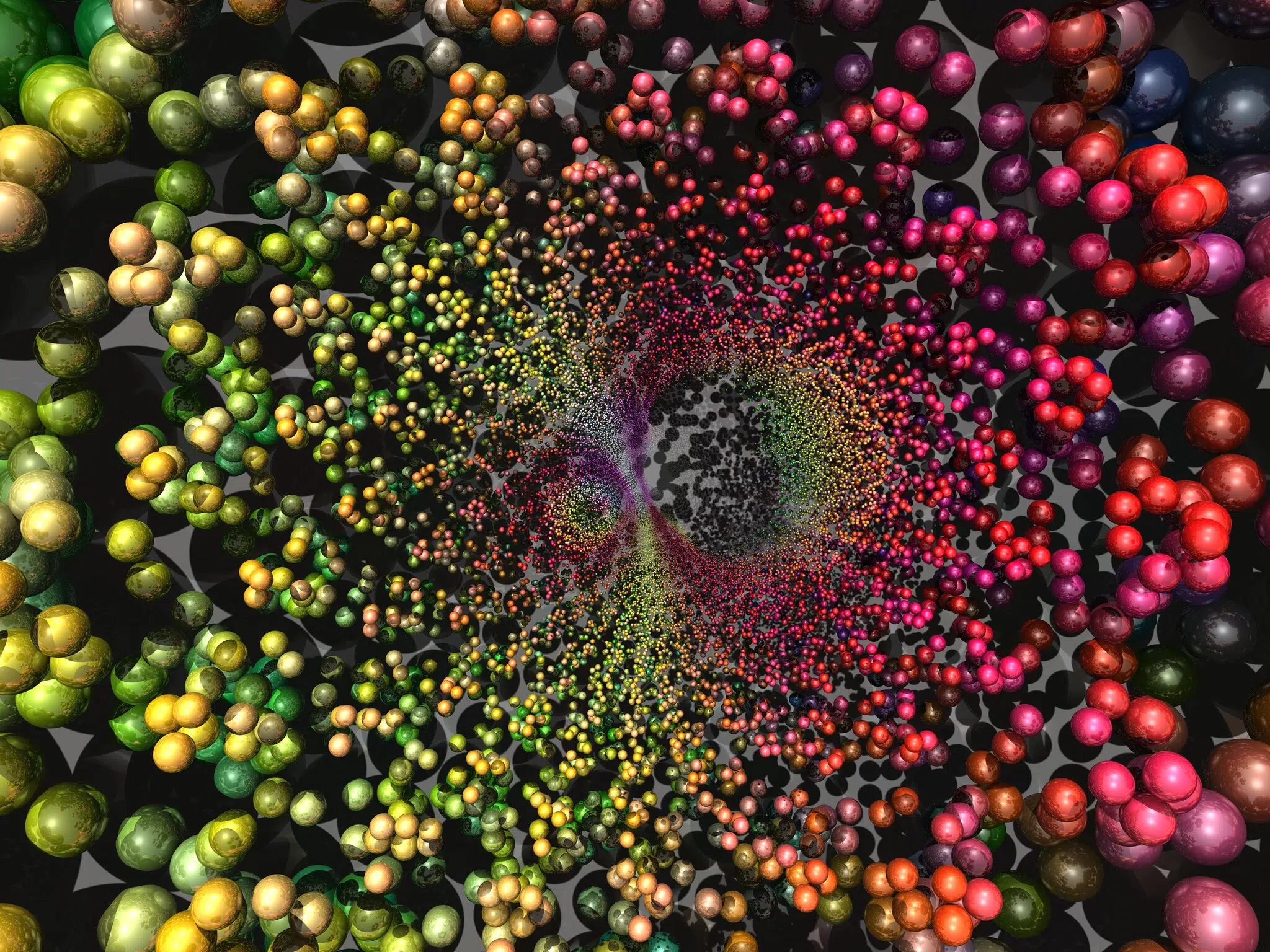
Researchers at MIT have developed a technology that allows them to record “memories” of sequences of cellular events, such as when particular genes are active or how cells respond to treatment. This is possible because cells turn on a series of genes and pathways in order to perform their functions.
The technology allows for microscopy imaging of protein chains, which in turn reveals the “memories” of cells, thus providing insight into such processes as gene expression, drug response, and memory formation.
Cells history
Different types of cells in biological systems, including in organs, perform specialized tasks. To get insight into these processes, imaging proteins, RNA, or other molecules within cells can be used. However, most approaches for doing so either provide a snapshot in time or have trouble dealing with vast populations of cells.
“Biological systems are often composed of a large number of different types of cells,” Changyang Linghu, an assistant professor at the University of Michigan, says. “For example, the human brain has 86 billion cells. To understand those kinds of biological systems, we need to observe physiological events over time in these large cell populations.”
Researchers came up with a method for accomplishing this by keeping track of biological activities as a sequence of protein building blocks. The researchers employed engineered protein components that can self-assemble into lengthy filaments to build their chains.
Research and methodology
The study was published on Monday in Nature Biotechnology and details how biological events can be stored as a chain of protein building blocks composed of synthetic protein. These building blocks then form themselves into lengthy filaments.
This sets up a mechanism whereby cells consistently create a subunit and only produce others in response to a trigger.
MIT researchers record cellular memories through protein chains – LabPulsehttps://t.co/5fAUjYoXYc pic.twitter.com/moQUjzxWfx
— Bird News 🕵🏼♂️ (@SeaHawkUpdates) January 4, 2023
Each component is labeled with a short peptide, called an epitope tag, which detects any issues with proteins for which there are no available antibodies. The researchers used HA and V5 tags.
The HA tag is a general antibody epitope tag while V5 tags are used for detection and purification of proteins. The ability to visualize and identify the subunit sequence of a protein is enhanced by the fact that the two tags bind to distinct fluorescent antibodies.
Most of the chain was comprised of HA-tagged subunits in the researchers’ setup. The expression of the c-fos gene, which is involved in memory encoding, caused the synthesis of the subunit with the V5 epitope tag. Thus, the presence of the V5 tag in the chain indicated that c-fos—which detects neuronal activity—had been activated at that point.
Application on mice
At first, the researchers looked at how c-fos turned on in neurons grown in the lab. Later, they were able to replicate the process in the brain cells of mice by programming the cells to make protein chains when the mice were given a certain drug.
The system’s modular design enables the use of a variety of epitope tags and the detection of a wide range of cellular activities.
Researchers said they are striving to increase both the recording time and the number of various subunits that can be added to the system so that it can record various types of events in a single chain.
Scientists speculated that the approach could be expanded further to shed light on the processes that control aging and the progression of diseases in the future.
See all the latest news from Greece and the world at Greekreporter.com. Contact our newsroom to report an update or send your story, photos and videos. Follow GR on Google News and subscribe here to our daily email!



